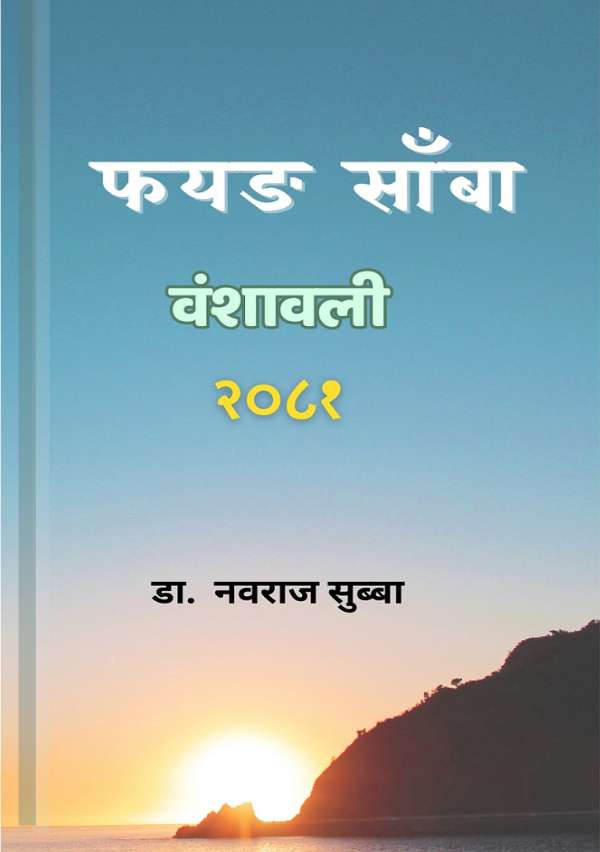Ethnic Identity and Expansion in Kirat Samba Phyang
IAR Journal of Humanities and Social Science. Dr. Nawa Raj Subba
Abstract
Samba is a Kirat indigenous to Eastern Nepal. It is known as Limbu, Rai, and has clans. Phyang is a sub-clan of the Samba family. The available Samba genealogy is hazy in and of itself. Also, the histories of Nepal have kept them apart. They start talking after naming Samba. They have been almost to the limit, silent on earlier ancestors. The genealogical study of Samba Phyang spread across Nepal, India, and Bhutan has done something in this context. The Samba dynasty’s cultural aspects, including familial data, were explored. The study examined their cultural data, including inheritance history. The study found they worshiped Tungdunge wherever they lived to remember their ancestors. Kirat literature, mundhum, manuscripts, and genealogies provided imperative information about the Tungdunge and the history of Samba Phyang. According to the information gathered throughout the study, Senehang of the Sen dynasty became Rai, Limbu, Samba, and Phyang after arriving in Kirat-Limbu states. Samba’s predecessor, the most youthful ruler of the Sen regime, Tungdunge, arrived at Mewa Khola (river) in the 17th century and favored Samba. The socio-biological theory has provided support for the mundhum legend. In the 18th century, the fifth era of the Phyang segment the Samba house spread from Mewa Khola to Sankhuwasabha, Atharai Hangpang, and Panchthar in the wake of the Gorkha-Limbu War and the Treaty of Saltwater. They have later moved throughout Nepal, including Sunsari, Morang, Jhapa, and Lalitpur. They now present in India, Bhutan, the United Kingdom, and other countries.
IARJHSS-162-2021


